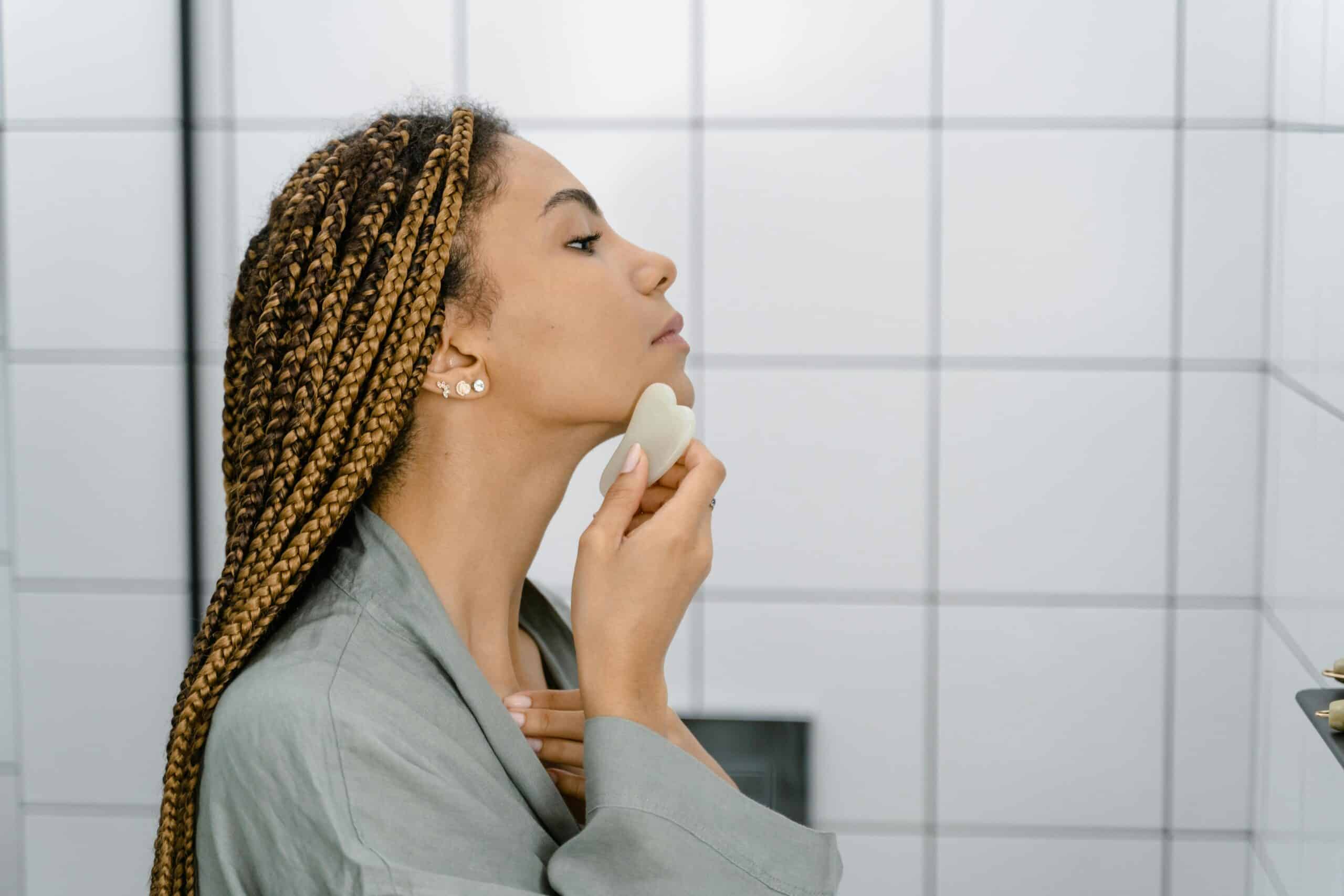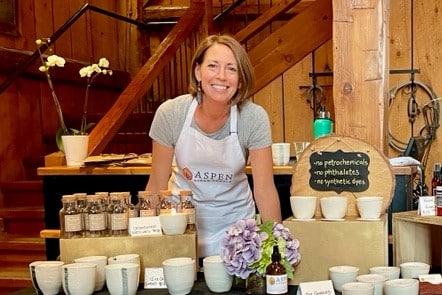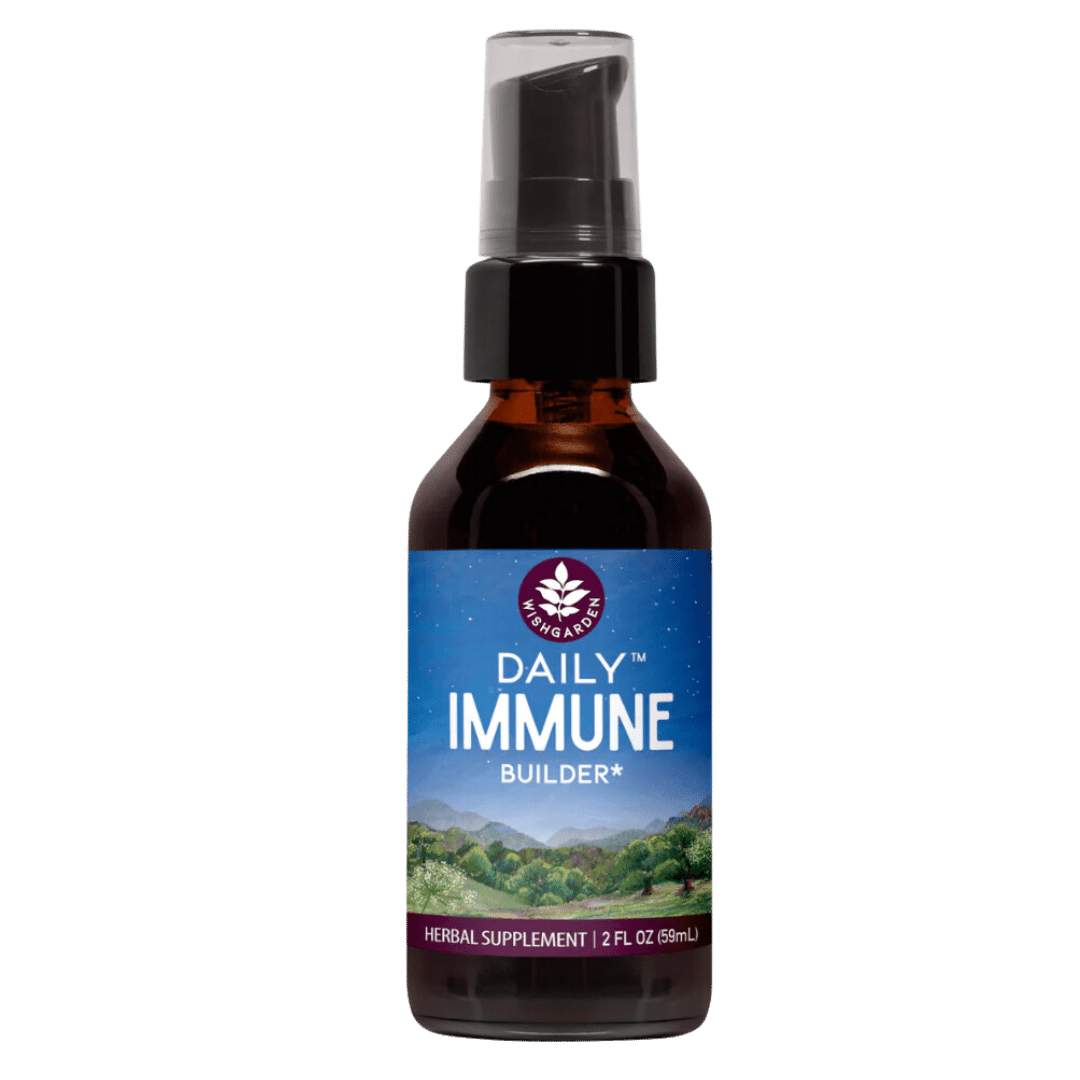5 Things To Know About CBD | By Tara DaVincenzo
The grass-roots trend is back and it’s bringing cannabis with it. Now that CBD is considered legal under federal law, it’s been turned into all types of wellness concoctions, from food and drink to body balms and makeup products. The wellness claims are rampant, but users still have plenty of questions regarding what goes on inside their bodies when they start using CBD (cannabidiol), and if it’s fully legal, safe and effective.
1. Not All Cannabinoids Are The Same
CBD is a cannabinoid found in all cannabis plants (hemp and marijuana) and it’s not alone. There are over 60 identified cannabinoids in any cannabis plant, plus more than 140 terpenoids. All plants have their own terpenoids, or terpenes, that give them their distinctive characteristics, like scent and taste. The cannabinoids are active chemicals in the cannabis plant that play a role in its beneficial qualities.
A resounding majority of CBD products in the U.S. are made from hemp rather than marijuana. This ensures that the THC content stays below 0.3 percent. At such low levels, you can expect to get all the benefits of CBD and none of the high from THC. These low levels can even be removed, like with most CBD isolate products. However, many companies choose to retain the low levels to allow for the entourage effect – the concept that cannabinoids are greater than the sum of their parts.
2. CBD, Hemp and Marijuana Are All Different
The five-finger green leaf that’s commonly slapped on the label of cannabis products gives the impression that CBD, hemp and marijuana are all essentially the same. First of all, CBD is not a plant. As mentioned above, CBD is a compound that can be derived from the hemp or marijuana plant. Hemp and marijuana, though both cannabis plants, have different chemical identities and physical appearances.
Hemp plants have a strong distinctive stalk, and marijuana can be identified by its more bushy head of leaves. The hearty stem of the hemp plant has given it use far beyond medicinal values. It was traditionally grown in the U.S. and around the world throughout history for its fiber that creates rope, paper and clothing. Though some things are still made with these strong fibers, the bulk of hemp’s currentgrowth in America is intended for CBD products.
3. Only Hemp (Not CBD) is Legal in All U.S. States
Aside from the strange loophole in California law that mandates their CBD products be made from marijuana plants, most CBD products in the states are hemp-derived. Since hemp has so little THC and abundant CBD, it’s an appropriate source of the purported health-boosting cannabinoid.
The 2018 Farm Billmade it legal for farmers in all 50 states to grow and manufacture hemp. This newly-found freedom has spawned the influx of CBD products, while marijuana still waits in the wings. To stay within lawful confines, CBD has to contain less than 0.3 percent THC or it is considered a marijuana product and is subject to state-law restrictions. Furthermore, different states have different legal boundaries around CBD.
4. CBD is Not Meant To Be Used Recreationally
Though used in the forms of cocktails, gummies and bath-bombs at the height of popularity, CBD-infused products aren’t meant to be used recreationally. States that allow recreational marijuana use will likely have high-CBD strains at dispensaries, but even these options are more than likely also packed with THC above the legal hemp limits.
In states where marijuana is not yet legal, deciphering between the two types of products is a no-brainer. Any products with excess THC won’t be allowed to cross state lines, whether it’s purchased online or from a dispensary. For states that have the green light for marijuana, most dispensaries will be heavy-handed with THC-containing products. Look instead for CBD products from pharmacies or trusted online retailers, with a keen eye for CBD isolate.
5. CBD Isn’t Screened in Drug Tests
There’s been a lot of confusion and questioning as to how CBD will manifest in drug tests. Some people are still wary of using a cannabis product if they expect to be tested, while others trust word of mouth that CBD won’t show up.
The testing surrounding this topic is limited, but according to Barry Sample, director of Science and Technology at Quest Diagnostics Laboratories, only marijuana metabolites, i.e. THC, will show up in drug screenings. Until this is proven, however, it may be wise to avoid all CBD products before being screened for drugs.
Final Thoughts
Most cannabis-based products maintain the integrity of telling you exactly what’s in the box. If it is marked as a CBD product, it’s likely hemp-based and devoid of THC. The real trouble is in deciphering between “hemp” products that are made from hemp seed or hemp oil. In terms of deciphering between hemp and marijuana, the state laws help to keep this regulated. Though things are likely to continue evolving as marijuana laws change, for now shoppers should feel confident that what’s in the CBD isn’t illicit or dangerous.
Photo courtesy of CBD Breaker.
 Tara is a Brooklyn-based freelance writer focused on doing what you don’t have time to do: validating CBD. She covers brands, products, and developments of America’s blossoming hemp industry.
Tara is a Brooklyn-based freelance writer focused on doing what you don’t have time to do: validating CBD. She covers brands, products, and developments of America’s blossoming hemp industry.Optimize your immune system with nourishing herbs such as Elderberry, Burdock, Nettles, Cleavers and Astragalus. Serve yourself up [...]

Subscribe to Our Tribe
Stay up to date with Y+L News, Events and special announcements.










